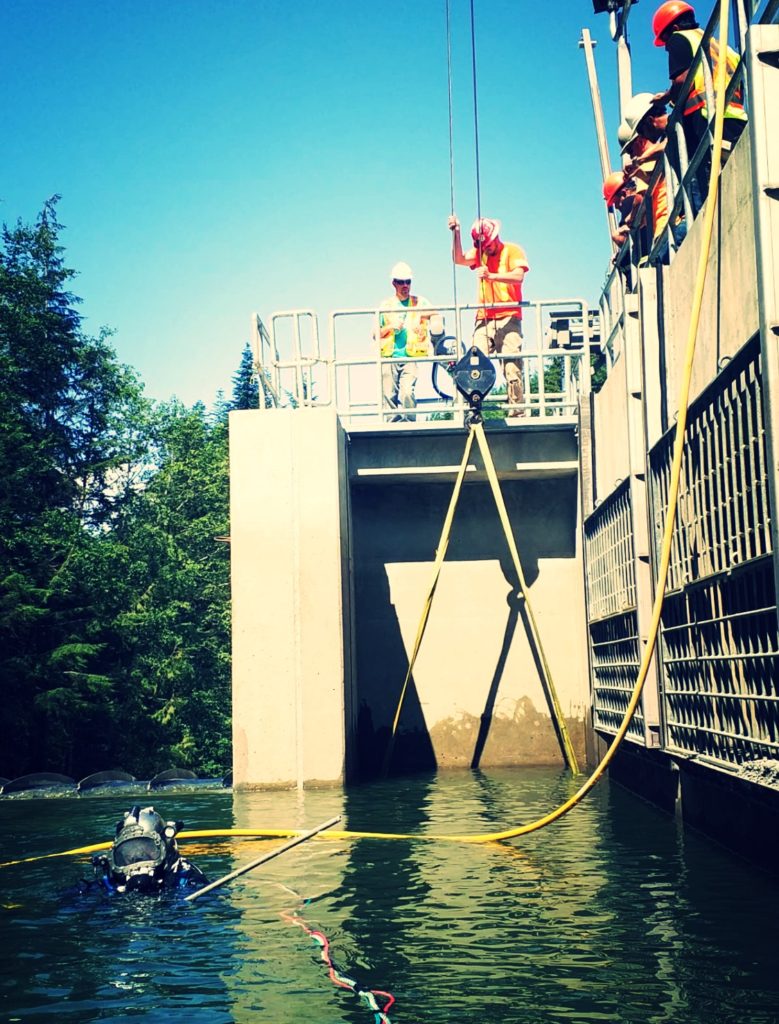We frequently hear the phrase “ageing infrastructure” these days. Our infrastructure is under strain from a number of factors, including climate change, rising urbanisation, and environmental dangers like 100-year weather events, which have a 1% chance of occurring. In order to monitor and maintain the structural integrity of underwater infrastructure including dams, tunnels and pipelines, intakes and outfalls, piers, and more, an effective underwater maintenance and repair plan depends on accurate data are essential.
The kind and calibre of data gathered are crucial.
Underwater maintenance and repair data collection must be done by professionally trained engineers and technicians that are able to identify the information that needs to be acquired as well as choose and develop the best data gathering techniques.
Inspections are performed to make sure there are no breaks, irregularities, or potential operational problems before a tragedy occurs.

A commitment to our future
Most Canadian communities view ageing infrastructure as a major issue of concern, and governments continue to make investments in new construction and asset maintenance.
More than $180 billion (CDN) of the Investing in Canada Plan was set aside for infrastructure.
The American Society of Civil Engineers’ 2021 Report Card for America’s Infrastructure in the US assigned a “C-” grade for infrastructure and a “D” grade for dams, stressing that the likelihood of a high-risk failure had increased twofold during the previous 20 years.
The US government just signed a law committing $1 trillion (USD) to the reconstruction of the nation’s infrastructure.
For more than 10 years, Ven-Tech Subsea has provided assistance to governments all around the world by gathering vital condition assessment data for water conveyance systems and underwater assets.
We recognise that any interruption of public services is problematic, possibly damaging, and expensive.
Our team is able to offer a quick response and consistent quality for remote inspections because to our underwater robotic capabilities, fabrication shops, and internal staff.
Final reports contain information that is crucial and a summary of the processed data.
For future asset management planning, areas of interest are highlighted, inspection logs and other extensive data, including the technologies and procedures employed, are outlined.
Click here to learn more about our services, or contact us today to schedule a consultation with our experts.

